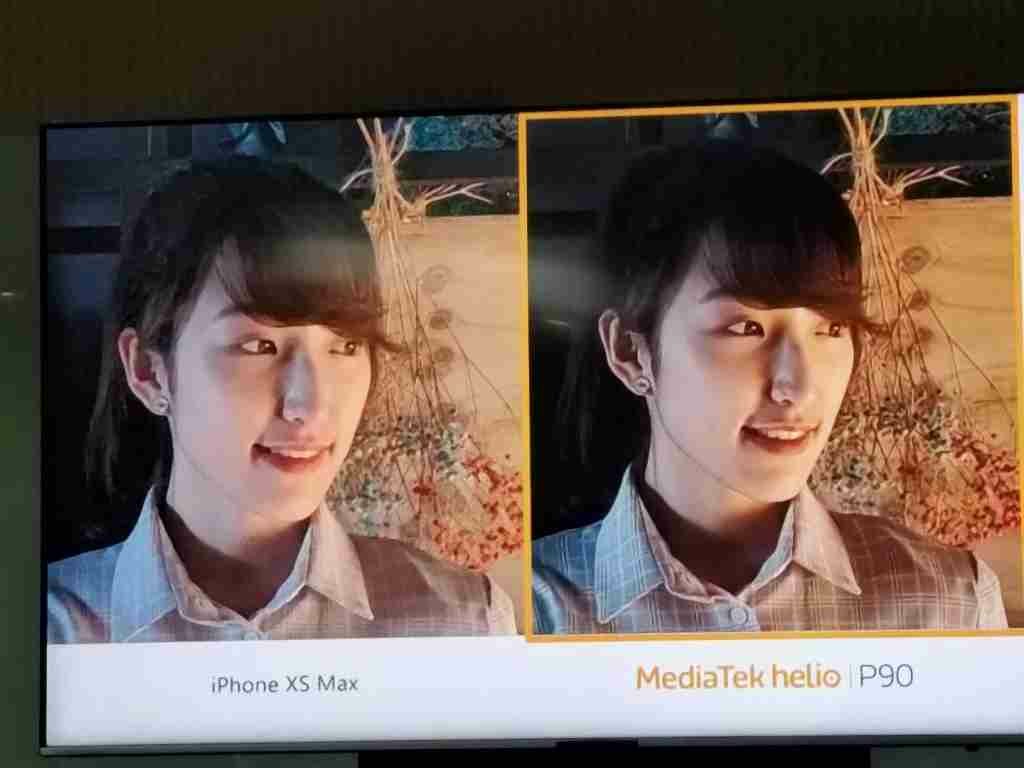
Helio P90 is coming soon, AI photography will be the next move of MediaTek After the release of the new processor MTK Helio P90 at the end of last year, MediaTek has not had a very obvious movement.
In the past six months, the mobile phones in the market have been changed for two rounds, and the models equipped with Helio P90 will also be listed in the near future. For this, MediaTek specifically held a communication meeting in Beijing on the afternoon of May 14th. This time I put it on AI photography.

AI and photography are a hot topic recently, but MediaTek is focusing on this scenario compared to the scenario of small-probability applications.
According to the on-site data, the Helio P90 is roughly divided into three types:
- Noise suppression
- Contrast enhancement
- Dynamic range optimization
Among them, the improvement of noise reduction capability mainly comes from the multi-frame synthesis stack, which can greatly enhance the noise reduction level. It should be noted that the AI algorithms mentioned today are all built-in algorithms of the Helio P90, and are not necessarily related to the algorithms that the vendors later customize. Similarly, the AI algorithm also enhances the contrast and dynamic range of the image, which is better than the previous CV algorithm.

As can be seen from the example of the scene, in this cafe, the brightness of the light bulb on the left side of the picture is too high, and the sky outside is also exposed, but the details of the dark part are blurred. The single “high dynamic range” photo on the right side of the Helio P90 not only shows the filament inside the bulb, but the rear wall is brighter and more detailed, and the outside sky and dark parts become clearer.

How do you understand AI photography? The answer given by MediaTek is APU+ISP. Through the combination of the two, in addition to the enhancement of the basic picture quality, Helio P90 also lists three key functions of the AI algorithm:
- Face recognition and interest area ROI detection
- Binocular depth map
- Noise suppression
In addition to the accuracy in terms of face recognition, MediaTek can also identify gender and face orientation.

For large backlighting, the AI algorithm will try to avoid the effect of “smiles”, making it easier for the face to be shot clearly. As for the user who wants to shoot the silhouette art, he can change the metering area to achieve the desired effect.

A relatively rare feature is that the Helio P90’s AI algorithm recognizes areas of interest to the user, such as faces and objects during live broadcast, and then performs targeted optimizations, but the actual results are yet to be tested further.
In addition, in terms of depth map, MediaTek has found the Apple A12 with good ambiguity algorithm for comparison. In the scene shown, the foreground recognition of Helio P90 has certain advantages.

The final set of photos is compared with multiple products in terms of overall noise reduction. It can be seen that the Helio P90’s noise reduction algorithm does a good job, and the picture quality is better in night scene shooting, such as face and Hair noise reduction preserves more facial detail.

This contrast map retains the metal texture of the car even better, and the overall color brightness and transparency look more comfortable than the comparison chart. However, the site did not disclose the specific models of the products and which cmos sensor components were used. As for the Helio P90, it is the photosensitive element of the Sony IMX586.

Obviously, in the future of mobile phone photography, AI will participate in more and more parts. Whether it is some special application scenarios or basic quality enhancement, AI has become an irreversible part of mobile photography. Although this is a good thing at the moment, it also raises some controversy about where the AI algorithm and the photographic boundary are.
From today’s communication, we can see that MediaTek does not want to involve itself in such a war of words, but as long as the pursuit of further improvement of the picture, the perception of photography in the concept may soon usher in a big change. It is.






